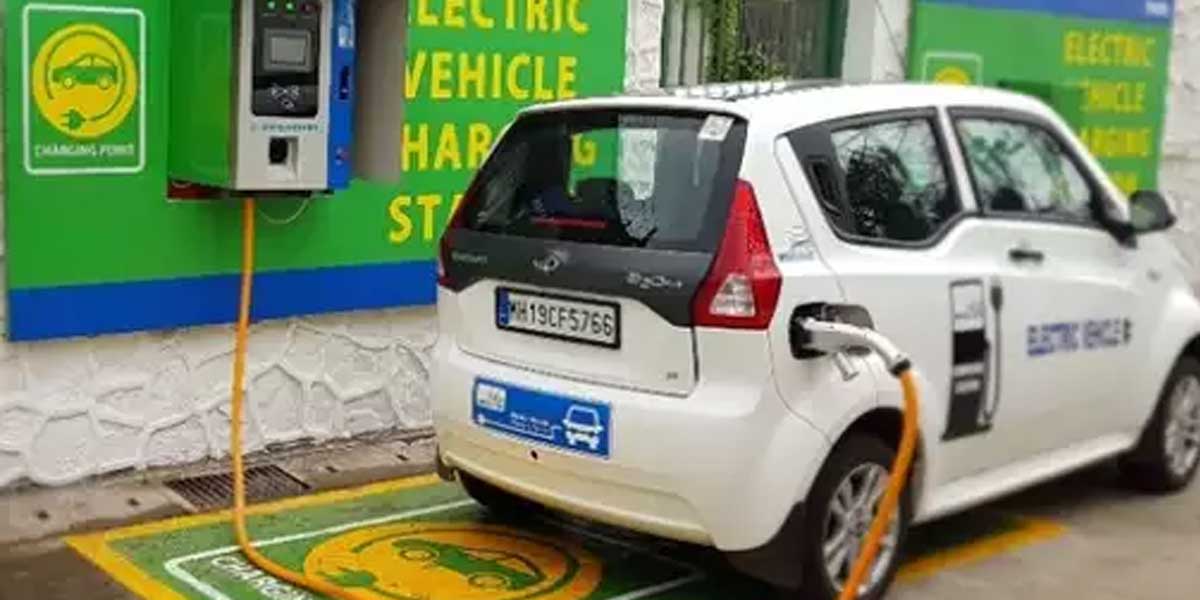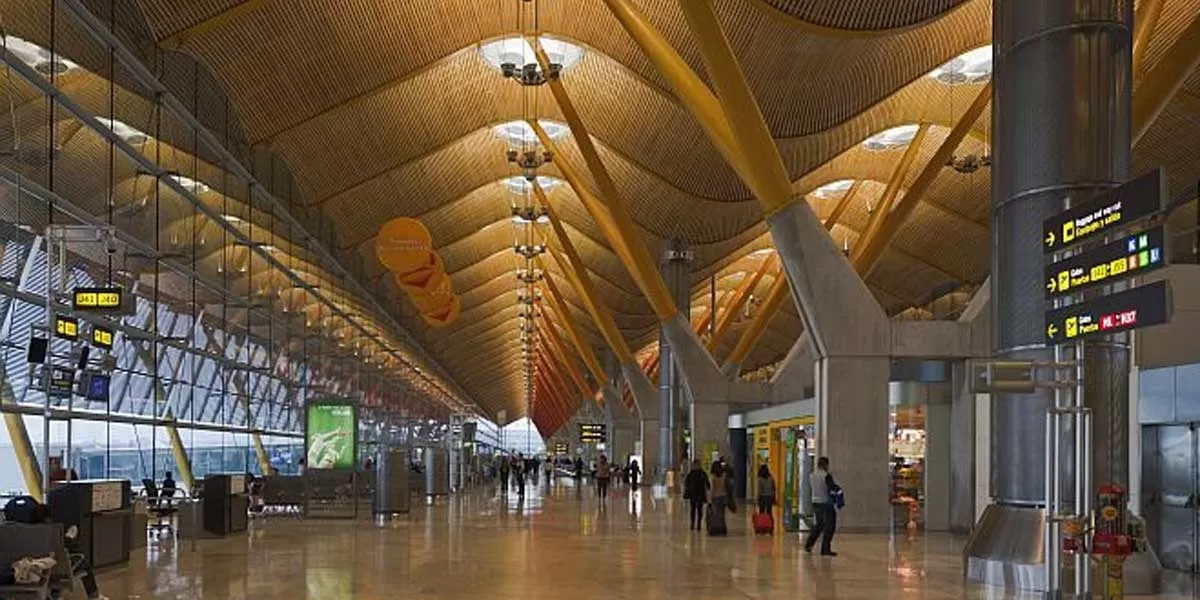
Tata Power claims over 450 charging facilities on highways

Dash Square Unveils Keerwick Sofa from Ashley Furniture
Dash Square introduces the latest addition to its curated collection of sofas from Ashley Furniture HomeStore—the Keerwick Sofa. Known for its contemporary designs and exceptional craftsmanship, the brand continues to redefine home interiors with statement pieces that blend style and comfort.The sofa stands out with its bold blue hue, designed to bring a fashion-forward pop of color to any living space. Upholstered in soft, velvet-like polyester fabric, it offers both aesthetic appeal and plush comfort. Built on a corner-blocked frame with high-quality foam cushions wrapped in poly fiber, th..

Odisha to Develop Four New Airstrips in Western Region
The Odisha government has announced plans to develop four new airstrips in western Odisha, increasing the region’s total number of airports to eight. The new airstrips will be located at Jamadarpali (Sambalpur), Satibhata (Bargarh), Gotma (Nuapada), and Tusura (Balangir), as confirmed by Transport Minister Bibhuti Jena in response to a query from Balangir MLA Kalikesh Singh Deo in the state assembly. Currently, western Odisha has four operational airports—Jeypore (Koraput), Veer Surendra Sai Airport (Jharsuguda), a small airport in Rourkela (Sundargarh district), and an airstrip at Utkela..

Western Coalfields Bids for Two Coal Blocks in Commercial Auction
In a strategic move to overcome limited reserves and challenging geo-mining conditions, Western Coalfields Ltd (WCL) has participated in the bidding for two coal blocks under the 11th tranche of the commercial coal blocks auction, marking the first-ever participation of a Coal India subsidiary in such an auction. WCL has placed bids for the Bandhak West and Dahegaon Makardhokra IV non-coking coal blocks, both located in Maharashtra and close to the company’s existing mining operations. Chairman and Managing Director Jai Prakash Dwivedi highlighted that securing these blocks would allow WCL ..














